
Compared to healthy rats (left), rats with the Charcot-Marie-Tooth disease (central) show less myelin surrounding the axons, visible as missing blue rings. Animals treated with Lecithin (right) show an increase in myelinated filaments. © Max-Planck-Institute for Experimental Medicine
Charcot-Marie-Tooth disease is the most common hereditary neuropathy and affects more than two million people worldwide. Researchers at the Max-Planck-Institute for Experimental Medicine and the University Medical Center of Göttingen now hope to use lecithin, a harmless dietary supplement to treat the incurable illness.
In Germany alone, at least 30,000 people suffer from Charcot-Marie-Tooth neuropathy, which belongs to the class of rare diseases. Due to a genetic defect that causes a duplication of the PMP22 gene, patients develop a slowly progressive impairment of their peripheral nerves. Early symptoms, like walking difficulties or deformed feet, can already occur during childhood. Later, muscle weakness in the legs and arms occurs, but also numbness, prickling, or pain. In rare cases, patients may be forced to use wheelchairs.
The axons, projections of nerve cells in the peripheral nervous system, are surrounded by supporting cells over their entire length. These Schwann cells produce a fatty layer, the myelin, around the axons, which allows for a faster transfer of electric signals. Using genetically modified rats, scientists at the Max-Planck-Institute for Experimental Medicine, the University Medical Center in Göttingen, as well as neuroscientists from Leipzig, Würzburg, Heidelberg, and Aachen now discovered that diseased Schwann cells show a decreased fat metabolism during their development which causes the impaired myelination. “The production of myelin is extremely laborious for Schwann cells. A disruption, like the one the Charcot-Marie-Tooth disease causes, leaves the nerve fibers without myelin, which limits their functionality,” explains Robert Fledrich, the first author of the study.
Schwann cells use phospholipids for the myelination
Using lecithin, the reduced fat production of Schwann cells might be circumvented and the disturbed myelination in Charcot-Marie-Tooth disease might be improved. Lecithin is produced from soy or yolk and consists of phospholipids. It is a harmless dietary supplement and the main ingredient of myelin. Initially the scientists were able to show that the phospholipids in genetically modified rats were absorbed by the Schwann cells and used for the production of myelin.
Therapy studies with diseased rats that were given lecithin in various doses not only showed that a treatment with phospholipids promotes the myelination. “It significantly eases the course of the disease regardless of the start of the therapy”, explains Ruth Stassart, co-leader of the study. “The promising data from the animal testing and especially the already proven compatibility of with humans, promote Lecithin as a therapeutic agent for the Charcot-Marie-Tooth disease as well as possibly for similar demyelinating diseases”, adds Michael Sereda, a neurologist at the Department of Clinical Neurophysiology and group leader at the Max-Planck-Institute, who directed the study.
Reference: “Targeting myelin lipid metabolism as a potential therapeutic strategy in a model of CMT1A neuropathy” by R. Fledrich, T. Abdelaal, L. Rasch, V. Bansal, V. Schütza, B. Brügger, C. Lüchtenborg, T. Prukop, J. Stenzel, R. U. Rahman, D. Hermes, D. Ewers, W. Möbius, T. Ruhwedel, I. Katona, J. Weis, D. Klein, R. Martini, W. Brück, W. C. Müller, S. Bonn, I. Bechmann, K. A. Nave, R. M. Stassart and M. W. Sereda, 2 August 2018, Nature Communication.
DOI: 10.1038/s41467-018-05420-0

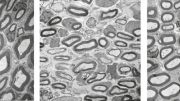

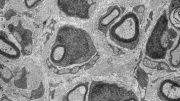
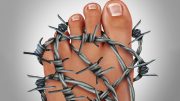
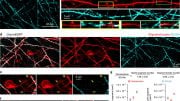

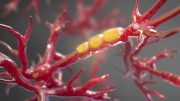
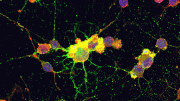
Be the first to comment on "Scientists Discover Possible Treatment for Charcot-Marie-Tooth Disease"